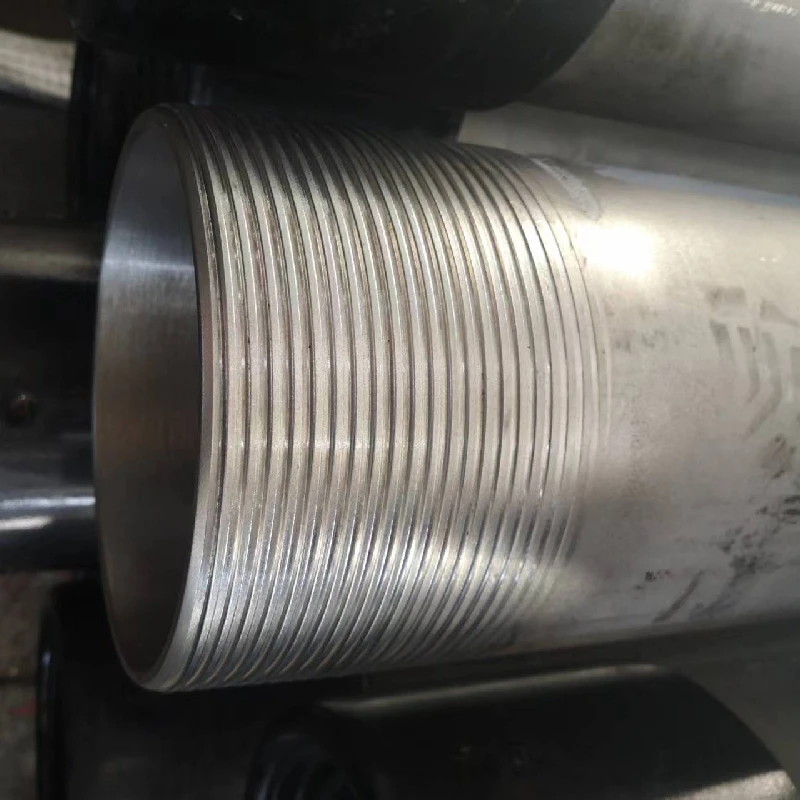- Afrikaans
- Albanian
- Amharic
- Arabic
- Armenian
- Azerbaijani
- Basque
- Belarusian
- Bengali
- Bosnian
- Bulgarian
- Catalan
- Cebuano
- Corsican
- Croatian
- Czech
- Danish
- Dutch
- English
- Esperanto
- Estonian
- Finnish
- French
- Frisian
- Galician
- Georgian
- German
- Greek
- Gujarati
- Haitian Creole
- hausa
- hawaiian
- Hebrew
- Hindi
- Miao
- Hungarian
- Icelandic
- igbo
- Indonesian
- irish
- Italian
- Japanese
- Javanese
- Kannada
- kazakh
- Khmer
- Rwandese
- Korean
- Kurdish
- Kyrgyz
- Lao
- Latin
- Latvian
- Lithuanian
- Luxembourgish
- Macedonian
- Malgashi
- Malay
- Malayalam
- Maltese
- Maori
- Marathi
- Mongolian
- Myanmar
- Nepali
- Norwegian
- Norwegian
- Occitan
- Pashto
- Persian
- Polish
- Portuguese
- Punjabi
- Romanian
- Russian
- Samoan
- Scottish Gaelic
- Serbian
- Sesotho
- Shona
- Sindhi
- Sinhala
- Slovak
- Slovenian
- Somali
- Spanish
- Sundanese
- Swahili
- Swedish
- Tagalog
- Tajik
- Tamil
- Tatar
- Telugu
- Thai
- Turkish
- Turkmen
- Ukrainian
- Urdu
- Uighur
- Uzbek
- Vietnamese
- Welsh
- Bantu
- Yiddish
- Yoruba
- Zulu
tubing pup joint
Understanding Tubing Pup Joints in the Oil and Gas Industry
In the oil and gas industry, efficient drilling and production operations rely heavily on a variety of specialized components designed to withstand the rigors of subsurface activities. One such component is the tubing pup joint, which plays a crucial role in the transmission of hydrocarbons from the wellbore to the surface. This article explores the significance, design, and applications of tubing pup joints.
A tubing pup joint is a short section of tubing used as an extension to the conventional tubing string employed in oil and gas wells
. Typically ranging in lengths of 2 to 10 feet, these joints provide necessary adjustments in the overall length of the tubing string, allowing for proper alignment and connection of various components in the wellbore. Pup joints can be used to compensate for any inconsistencies in well depth caused by subsurface conditions, ensuring that the entire tubing system remains efficient and operational.The design of tubing pup joints is critical to their function. They are usually made from high-strength steel or other durable materials that can withstand extreme pressure and corrosive environments typical in oil and gas extraction. The materials used not only need to be robust but also resistant to the detrimental effects of hydrogen sulfide (H2S) and carbon dioxide (CO2), which can compromise the integrity of the tubing system. Pup joints come in various wall thicknesses, diameters, and lengths customized to meet the specific needs of a project.
tubing pup joint

In addition to their role in adjusting tubing lengths, pup joints are vital for various operational scenarios, such as during workovers, completions, or when installing downhole equipment. They are also instrumental when conducting interventions or repairs, where precise lengths are required to facilitate other operations without compromising the integrity of the well. Moreover, pup joints enable operators to control the height of the fluid column, consequently affecting pressure management within the well.
Another critical aspect of tubing pup joints is their contribution to safety in drilling operations. By facilitating proper tubing string alignment, they minimize the risk of tubing failure, which could lead to costly shutdowns or environmental hazards. In high-pressure and high-temperature wells, the integrity of the tubing string is paramount, and pup joints help ensure that this integrity is maintained throughout the well's lifecycle.
In conclusion, tubing pup joints are indispensable components in the oil and gas industry. Their ability to provide necessary length adjustments within a tubing string is crucial for optimizing well performance and enhancing the safety and efficiency of drilling operations. As technology and materials continue to improve, the design and application of tubing pup joints will likely evolve, further contributing to the advancement of the oil and gas sector. Understanding their role not only highlights their significance but also underscores the intricate nature of the systems that drive hydrocarbon production.
-
Tubing Pup Joints: Essential Components for Oil and Gas OperationsNewsJul.10,2025
-
Pup Joints: Essential Components for Reliable Drilling OperationsNewsJul.10,2025
-
Pipe Couplings: Connecting Your World EfficientlyNewsJul.10,2025
-
Mastering Oilfield Operations with Quality Tubing and CasingNewsJul.10,2025
-
High-Quality Casing Couplings for Every NeedNewsJul.10,2025
-
Boost Your Drilling Efficiency with Premium Crossover Tools & Seating NipplesNewsJul.10,2025







